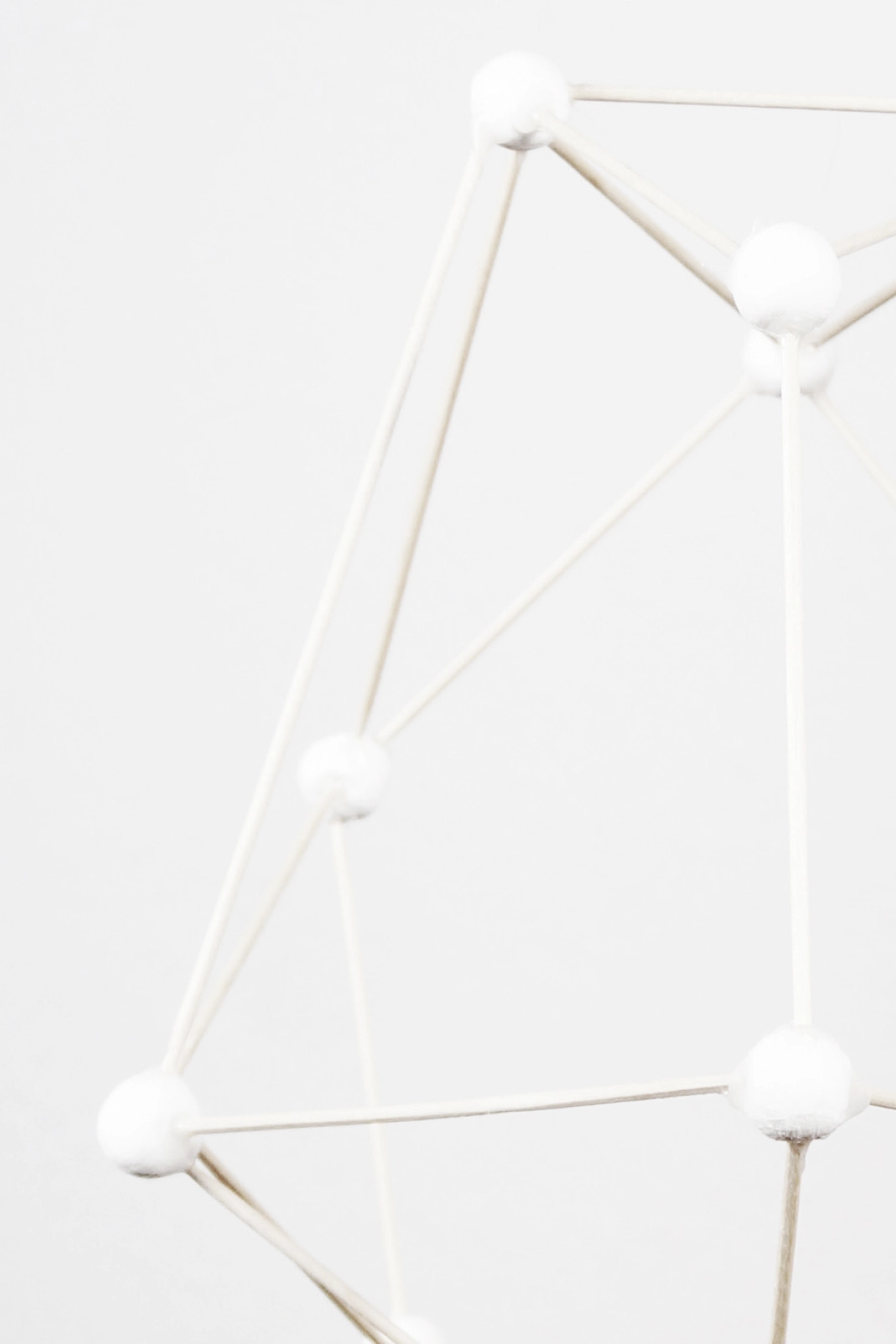The Concept: Designing Immersive Adaptability
Rewire is built around the idea of challenging human perception and exploring the adaptability of our senses. Rewire shows how sensory adaptation and neuroplasticity shape how we interact with the world by combining science, design and immersive experiences. It's a journey to rethink how we perceive and connect with our surroundings.
The Dark Tunnel was conceptualized as a central element of the Rewire concept, designed to immerse visitors in a world where sight is no longer the dominant sense. The idea came from a desire to create an experience that challenges perception and demonstrates the adaptability of the human brain.
The DARK Tunnel
By removing visual stimuli, visitors are forced to rely on sound, touch, and spatial awareness to explore how their senses adapt and rewire to navigate the unfamiliar.
The concept was inspired by studies of sensory adaptation and neuroplasticity, which reveal how the brain can reorganise itself to compensate for sensory loss. The Dark Tunnel transforms these scientific findings into an experiential journey that allows visitors to engage with the principles of sensory adaptability.
Forms and Shapes
The shape of the tunnel was designed to avoid the rigidity of straight vertical walls. Narrow passages open into wider chambers, while asymmetrical layouts disorientate and challenge spatial perception.
The geometrical and irregular design plays a crucial role in shaping the visitor’s experience. By removing the predictability of straight walls and uniform spaces, the tunnel creates moments of surprise and encourages participants to rely on their non-visual senses to navigate.
Experimentation with morphing shapes
A variety of forms were explored during the design process, including origami-inspired geometric structures and modular designs capable of morphing and changing shape. The concept of a 'morphing room' was imagined to create an evolving experience, ensuring that even repeat visitors would experience new challenges. However, due to time and resource constraints, this idea was not implemented in the final version.
The Shape of Sound
Materials played a key role in the design of the Dark Tunnel's immersive environment, chosen not only for their sensory properties but also for their ability to subtly distort or enhance the visitors’ perception of space. Each material was carefully selected for its unique sound reflection and tactile properties, ensuring that visitors experienced a rich sensory landscape.
Used for its highly reflective properties, creating sharp echoes and amplifying sound to make spaces feel smaller and more confined.
Another reflective material, adding crisp and clear sound reverberations that heightened spatial awareness.
Polished and treated wood surfaces, which reflected sound more effectively, adding warmth while maintaining a sense of spatial clarity.
Raw, untreated wood that absorbed more sound compared to its finished counterpart, creating a softer, more muted acoustic quality.
Used in the sound-absorbing sections to dampen echoes, creating a muted, expansive feel that made spaces seem larger.
Enhanced sound absorption, ensuring a complete contrast to reflective materials.
The Soundscape
The interplay of reflective and absorbing materials was designed not only to distort the visitor’s perception of space but also to create an environment where they could actively engage with and understand how different materials shape soundscapes. Rooms with highly reflective materials, such as metal and glass, would feel smaller, with walls appearing closer and more confining, while rooms with absorbing materials, such as fabric, would feel larger and more open.
By navigating these dynamic environments, the visitors were invited to explore their own sensory adaptability and develop a deeper understanding of how non-visual cues influence perception.
Echolocation — The Virtual Reality Experience
The VR Echolocation Experience was designed to immerse visitors in a digital recreation of the physical room they occupied. In the VR environment, the physical room was recreated in a completely dark digital space, with no lighting or visual cues. Instead, sound became the primary trigger. A series of clicking sounds played in the background, mimicking the echolocation technique used by blind individuals.
These sounds were visualized as light textures rippling across objects and walls, revealing their shapes and surfaces through soundwaves. This approach allowed visitors to "see" the space through sound, offering a glimpse into how echolocation creates a mental map of the environment.
The VR experience was not just a demonstration of technology, but a tool for understanding. It bridged the gap between sensory deprivation and sensory enhancement, stimulating curiosity about how humans can adapt to challenges and reshape their perception of the world.



